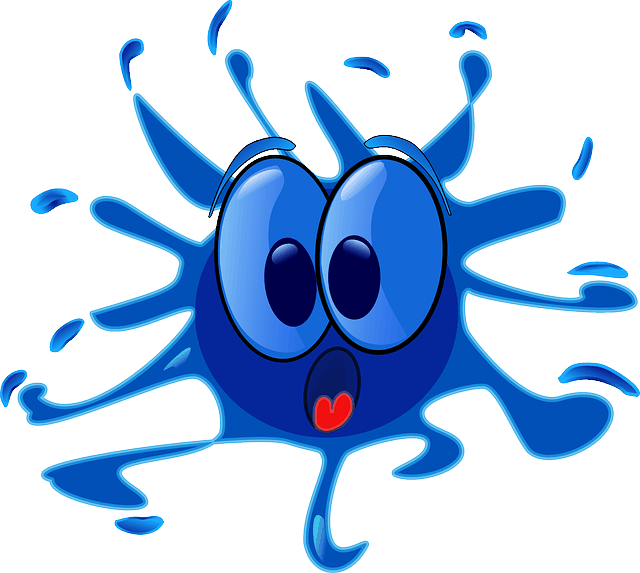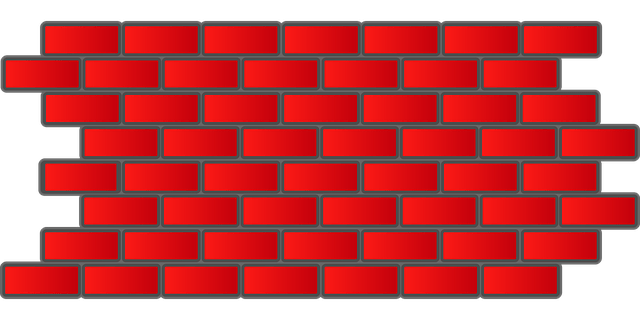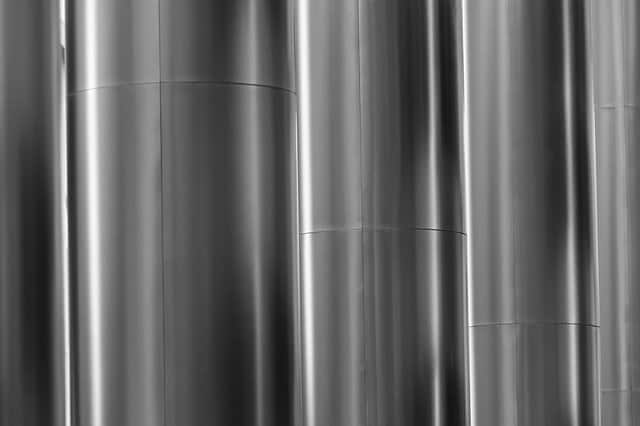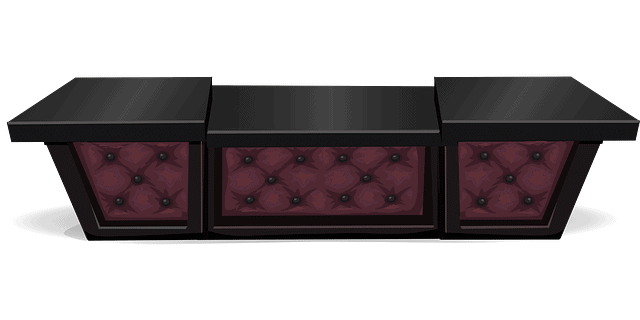Types of Paint Sprayers
Selecting the best paint sprayer for your DIY project or home improvement may not be a simple task, especially when you have no idea which features to look for. 
Often, most buyers find themselves stuck between price and net quality, while others overlook the overall weight and end up complaining upon delivery.
In summary, there are four major types of paint sprayers; the airless paint sprayer, convention compressor paint sprayer, high volume low pressure (HVLP) paint sprayer, and the handheld paint sprayer.
Types of Paint Sprayers
Every type of these sprayers has a particular principle of operation and functionality, which may vary from the other.
a. HVLP Paint Sprayer
HVLP initials stand for High Volume low Pressure. The HVLP sprayers are modern tech spray devices that utilize a low-pressure internal mechanism (turbine) to create airflow, which in turn atomize paint molecules.
Usually, the HVLP sprayers are fitted with resilient motors that continuously spin the fan to generate steady airflow internally.
The air is channeled through the hosepipe into a spray gun, where it meets with paint (administered through gravity method from a canister/container).
The proximity trigger is used to initiate atomization and halt the painting process at will. HVLP sprayers provide high-quality finish coat, detailed result, flawless finish, easier to control (when painting), and limit overspray during paint application.
Moreover, High Volume Low-Pressure sprayers are suitable when carrying out DIY projects or when undertaking intricate painting tasks – the sprayers can work with nearly all types of paint solvents without blockage or internal clogging.
HVLP sprayers also guarantee high speed during paint application (improved efficiency) and minimal paint wastage since the nozzle design inhibits side spray and excess paint release.
With HVLP sprayers, you are able to attain excellent finish, especially when painting kitchen cabinets, drawers, and complex interior sections.
NB: Remember, the HVLP sprayer requires special handling (professional user) in order to prevent damage or total failure when wrong spray parameters are integrated.
Before you make your purchase, it’s advisable to consider the operation mechanism that comes with a paint sprayer of your choice.
b. Airless Paint Sprayer
Airless paint sprayers are specially designed to handle large and complex paint projects without much shifting when in action.
The Sprayers are fitted with adjustable nozzles and provision for easier customization to meet your spray demands.
Besides, airless sprayers may be customized to either medium or high pressure, thus making them easier to handle any paint viscosity without causing an internal blockage.
You can actually calibrate your airless sprayer as per your painting demands and also control spray pressure simultaneously when painting.
Unlike traditional paint sprayers, airless sprayers waste less paint. However, due to high spray pressure, you may experience surface overspray, especially for new painters.
Due to high-quality finish and easier operational mechanism, airless sprayers are very common in domestic paint applications and at times used by professionals in DIY projects.
When using an airless paint sprayer, you’ll not need to keep relocating it; you just extend the hosepipe and adjust the spray pressure – it minimizes the transportation hassle.
More so, an airless paint sprayer can push paint up to 20 meters (without getting fatigued) and covers a wide surface area within a very short time – this makes it more suitable for commercial use.
Consider other factors like the cost, durability/material, design, net weight, availability of spare parts, ease to assemble, type of color handled, simple to clean, and portability without overlooking the overall quality.
c. Handheld Paint Sprayer
A handheld paint sprayer is a small, portable, and versatile device that is simple to use and more comfortable to move along when spray painting.
The sprayer is fitted with medium size paint canister (suction or gravity fed), which allows quick paint pick up without external pressure integration.
Persistent market research shows that handheld paint sprayers are common in domestic paint applications (small section) and DIY projects.
The Handheld paint sprayers are usually airless and lack parts like a hosepipe, turbine, or compressor. Moreover, a handheld paint sprayer is agile enough and highly controllable when in use.
Normally, a handheld paint sprayer is fitted with a motor that generates torque and activation energy that is used to atomize paint during the application process.
Indeed, a handheld paint sprayer is highly portable and lighter – some of these sprayers are cordless and can move along any surface without power cord interruption.
As compared to airless paint sprayers, handheld paint sprayers are relatively cheaper and have low maintenance costs.
However, the handheld paint sprayers are not suitable for large-scale or commercial paint applications.
d. Conventional Compressor Sprayer
As the name suggests, a conventional compressor sprayer uses compressed air, which is channeled to a spray gun to cause continuous paint atomization – when spray painting.
To use this type of spray painter, you need to own a compressor and a sturdy spray gun since the pressure and vibration affect the spray operation.
Conventional Compressor Sprayers are suitable for automobile spray painting and painting metallic body parts or buildings.
The sprayers guarantee a high-quality finish coat and improved stickiness with minimal drains.
The conventional compressor (independent device) works excellently with a heavy-grade spray gun where both are linked using a hosepipe (paint grade).
Conventional Compressor Sprayers are not common in home improvement (due to heavyweight and complexity) and require a professional operator when in use.
It’s also important to note that the conventional compressor sprayer is noisy (compressor noise) and a bit cumbersome when transporting.
However, the sprayer offers smooth factory-grade delivery and comes with pressure adjustability to meet your spray demands.
Considerations for Buying a Paint Sprayer?
Before ordering your paint sprayer, it’s advisable to consider some of the following factors in order to match your painting needs.
1. Cost
Cost, being the primary consideration, is not always the first thing to look for. However, you must go for a paint sprayer that is within your budget plan.
Normally, avoid going for too expensive paint sprayers thinking that they offer high quality – though quality calls for a high price, it’s not always the case.
The area you intend to paint gives an aerial view of the size of paint sprayer you need to purchase. It’s a fact that large paint sprayers are more expensive than handheld paint sprayers.
Therefore, buy such paint sprayers only when you have large-scale paint applications or for commercial use.
2. Availability of Spare Parts
Paint sprayers are often damaged due to internal wear, wrong operations, handling inappropriate paint solvent, or even through the aging aspect of some parts.
Therefore, part replacement is a common maintenance concept for most paint sprayers. Buy a paint sprayer that has spare parts available within your locality or local dealers.
Otherwise, it will be very expensive to maintain a paint sprayer or you may be forced to throw it away in case of failure.
3. Size
Small-sized paint sprayers are suitable for small-scale painting projects or DIY projects. A small-sized paint sprayer (like handheld type) is more comfortable to move along when painting and thus won’t weigh you down – lightweight.
For large-scale or commercial paint applications, you will need to consider a large paint sprayer that can handle large paint volume without getting fatigued.
Most airless sprayers and conventional compressor sprayers are large and hence suitable for commercial spray painting projects – can spray for a long time without failure.
See Also: Wheel Paint for Aluminum
4. Ease in Assembling
Purchase a paint sprayer that is simple to assemble and disassemble when in use and after use.
The handheld paint sprayer is usually simple to assemble as compared to compressed air sprayers.
Also, consider a paint sprayer that has a simple provision for part replacement.
5. Cleaning Mechanism
Your paint sprayer choice should be simple and more comfortable to dismantle when cleaning.
The available cleaning options shouldn’t be cumbersome whatsoever.
Moreover, go for a paint sprayer that resists internal clogging and one with easier access to paint channels – ease the paint removal process.
6. Material and Durability
The material strength of your paint sprayer should offer unmatched service life and resist wear and tear when in use.
Most paint sprayers are manufactured using plastic and metal reinforcement – go for self-hardened metal and heavy-duty plastic material options.
Importantly, check the net weight for better user matching.
7. Design and Color
The colors and overall design of a paint sprayer will not only boost or affect the morale/mood of the painter but also determines the likeliness of the painter to be selected for use in any painting task.
During purchase, go for a classic paint that integrates impressive colors and graphics.
8. Portability
You will need a highly portable paint sprayer in order to complete your task without any hassle.
Whether commercial or small-scale painting task, the selected paint sprayer should be portable and easier to set up in any place without a problem.
For a large-size paint sprayer type, consider a paint sprayer with wheels or a comfortable handle.
9. Easier to use/Operate
A simple to operate paint sprayer is more reliable to use, especially when handling varying paint viscosity.
Select a paint sprayer with a simple pull trigger, adjustable pressure gauge, kill switch, self-timer (if any), and one with a user manual.
See Also: Stain for Swing Set
10. Operating principle
Though operating principles is a bit technical, you will need to know whether the sprayer is electrically powered or run via a gas like for the case of most conventional compressor sprayer.
Moreover, check on the energy or power rating that comes with a particular paint sprayer before placing your order.
11. The Intended Use/Purpose
Small scale and DIY projects require small paint sprayers such as handheld sprayers.
While large scale or commercial painting task is best to undertake using larger paint sprayers like airless sprayers or conventional compressed sprayers.
Best Maintenance Tips for a Paint Sprayer
For better performance and continuous service life, consider some of the following maintenance tips for your paint sprayer:
- Always clean your paint sprayer after use to remove paint remnant
- Never store your paint before its dry to touch – it may rust or stain some sections
- Before using a paint sprayer, always read the manufacturer’s manual and stick to instructions given
- Always remove worn out parts and replace the new ones
- In case you are new to paint sprayers, always contract a professional painter for assistant
- Never dismantle or disassemble a paint sprayer if you are not an expert
- Often, check the nozzle, tips, and suction part to assess any blockage
- Be careful when cleaning filters to prevent them from damage – use a soft blister brush
- Don’t apply excessive force when pulling the trigger– you may affect the operation mechanism
- When cleaning your paint sprayer, dismantle every part and clean them separately
- Always match the paint sprayer with the type of paint it can handle – whether the paint is later, acrylic, or both
- Carry out frequent performance checks for your paint sprayer to assess any failure that may occur during actual paint application.
Further, consider other important factors such as the cost, durability/material, availability of spare parts, design, net weight, type of color handled, easy to assemble, simple to clean, and portability without compromising the overall quality.
Conclusion
On the types of paint sprayers, there are four major types of paint sprayers, which are; the airless paint sprayer, convention compressor paint sprayer, high volume low pressure (HVLP) paint sprayer, and the handheld paint sprayer.
Each sprayer type has a particular operation principle and functionality, which may vary from the other.
Therefore, it’s advisable to consider the operation mechanism that comes with a paint sprayer of your choice before you make your purchase order.





